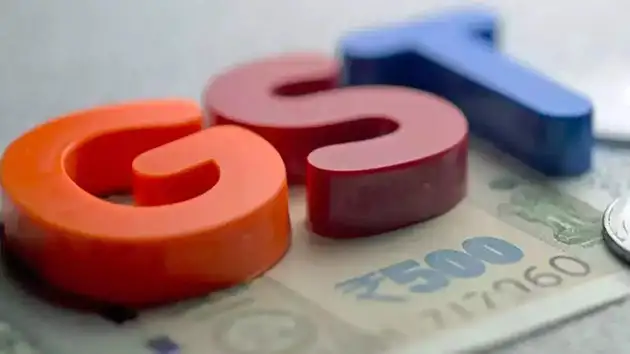Major GST Revamp: Essentials, Fitness, Electronics to Get Cheaper Under New Two-Slab Structure
New Delhi, September 4, 2025 — In a sweeping overhaul of the Goods and Services Tax (GST) system, the GST Council has approved a bold new structure with just two tax slabs—**5 % and 18 %**—starting from **22 September**, coinciding with Navratri. The reform promises major relief by slashing taxes on essentials, wellness services, electronics, and more.
What’s Now Cheaper (5% GST): Daily Essentials & Wellness
- Fitness & beauty — including gyms, yoga centres, salons, barbers, and health clubs — down from 18 % to 5 % (no Input Tax Credit for providers).
- Personal care & grooming items — hair oil, soaps, shampoos, toothpaste — now 5 %.
- Indian breads like roti, paratha, chapati moved to **0 % GST**, along with life-saving drugs, education supplies, and health insurance.
What’s Now Standard Rate (18% GST): Electronics & Vehicles
- Consumer electronics — including TVs and air-conditioners — dropped from 28 % to 18 %.
- Small hybrid/petrol cars and two-wheelers under a specific engine limit now taxed at 18 % (previously higher).
What Got Costlier (40% GST): Sin & Luxury Goods
GST on aerated beverages, sweets with added sugar, luxury vehicles over a specified cc, and tobacco jumped to **40 %**, introducing a new “de‐merit” tax slab for such items.
Why It Matters
These tax cuts are more than an economic tweak—they’re a policy with social impact. Experts believe the revision will ease the financial burden of ordinary households while stimulating consumption in sectors like wellness and electronics.
Voices from Mumbai Streets
“My family can now afford regular salon visits,” smiled a working woman. A fitness trainer added, “We hope these cuts attract more clients, despite the ITC constraint.”
Government's Goal
Finance Minister Nirmala Sitharaman described the overhaul as the most citizen-centric reform in the history of GST. The simplified structure aims to promote affordability, boost domestic demand, and ease compliance.
Conclusion
With GST rates rebalanced to a lean two-slab structure, the new regime promises to lower everyday costs and invigorate spending across sectors. Whether it’s self-care, technology or daily staples—India’s tax landscape just got a whole lot friendlier.
Source: Based on reports from Reuters, Economic Times, and Times of India (References: Reuters; Times of India; Economic Times)
Labels: GST Reform, Tax Cuts, Consumer Goods, GST Slabs, Govt Policy
Tags: #GSTReform #TaxCutIndia #WellnessForAll #CheaperEssentials #40PercentSinTax
Disclaimer: This article is based on reports by Reuters, Economic Times, and Times of India. Jammu News Portal does not assume responsibility for accuracy of external sources.


Post a Comment